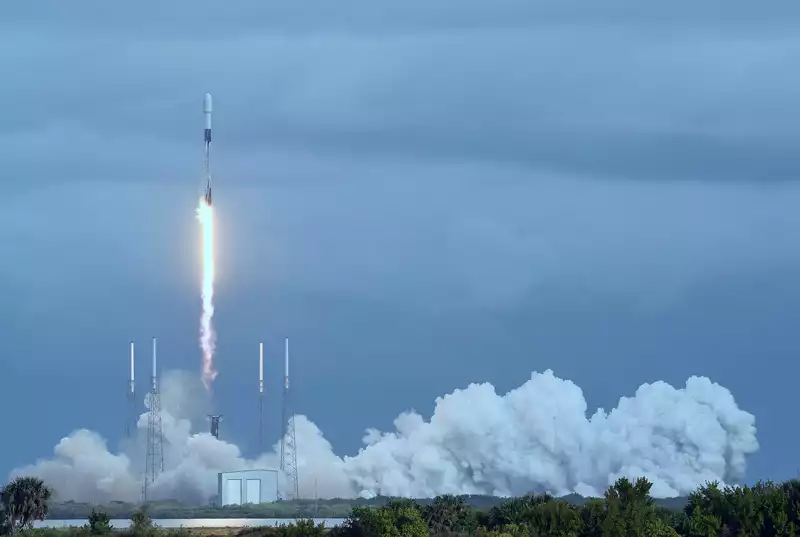Starlink, Elon Musk's satellite Internet company, has sent 60 new satellites into orbit, bringing its total to 300 this month. SpaceX has launched 1,443 satellites to date, but is still far from its original goal of 12,000.
The latest launch, on April 7, was a success. The Falcon 9 booster landed safely at the SpaceX landing site in the Atlantic Ocean.
For Starlink's customers, the launch should mean better Internet connectivity overall. Due to the very small number of satellites in orbit, Starlink customers have noted that speeds may fluctuate throughout the day. The overall strength remains to be seen, but better information will be available in the coming weeks.
Although Starlink is still in beta, users in latitudes above Seattle have reported impressive speeds that are much faster than before. Starlink is expected to be fully operational at its current pace by 2030, when the mega-constellation will reach its goal of 12,000 satellites. [At present, it is projected that Starlink will reach the halfway point by 2025 with 6,000 satellites in orbit. Of course, as SpaceX continues to improve its satellite launches, it is possible that Elon Musk's space enterprise will reach 12,000 satellites sooner than 2030.
But 12,000 is not all. SpaceX has asked the FCC to launch up to 30,000 satellites over the next few decades, for a total of 42,000. In fact, some worry that launching so many satellites will make space exploration and research more difficult.
SpaceX posted a video clip on Twitter showing a stack of Starlink satellites entering orbit and separating.
For those interested, the full launch video is also linked below. It shows lift-off, the rocket reaching maximum speed, stage separation, and finally reaching orbit. If you fast forward to minute 27, you can also see the rocket landing on the SpaceX landing pad in the Atlantic Ocean.
Finally, fast forward to 1 minute 23 seconds to see the Starlink satellite drifting into space, as explained by the SpaceX presenter. Using onboard ion thrusters, the satellites will be distanced from each other for days or weeks before reaching their operational orbits.










Comments